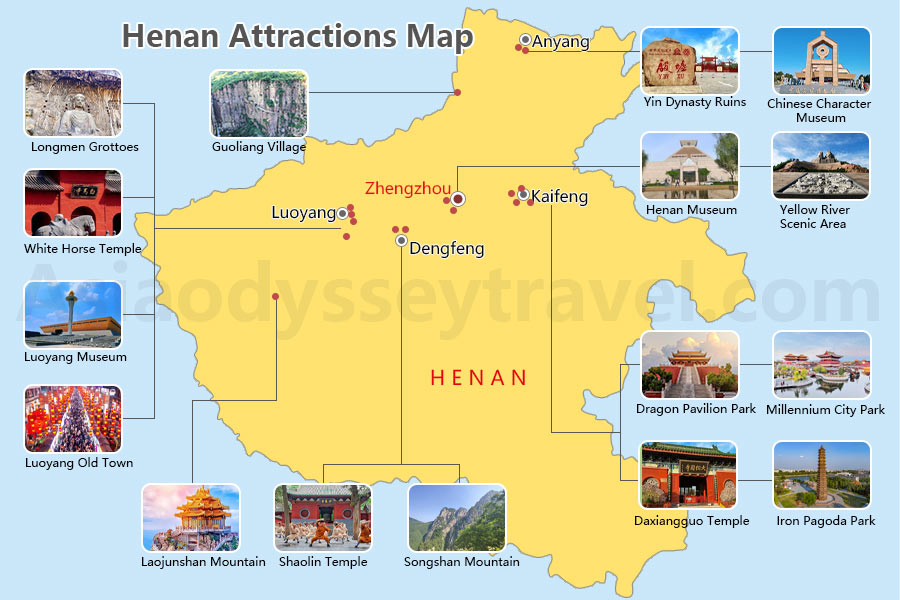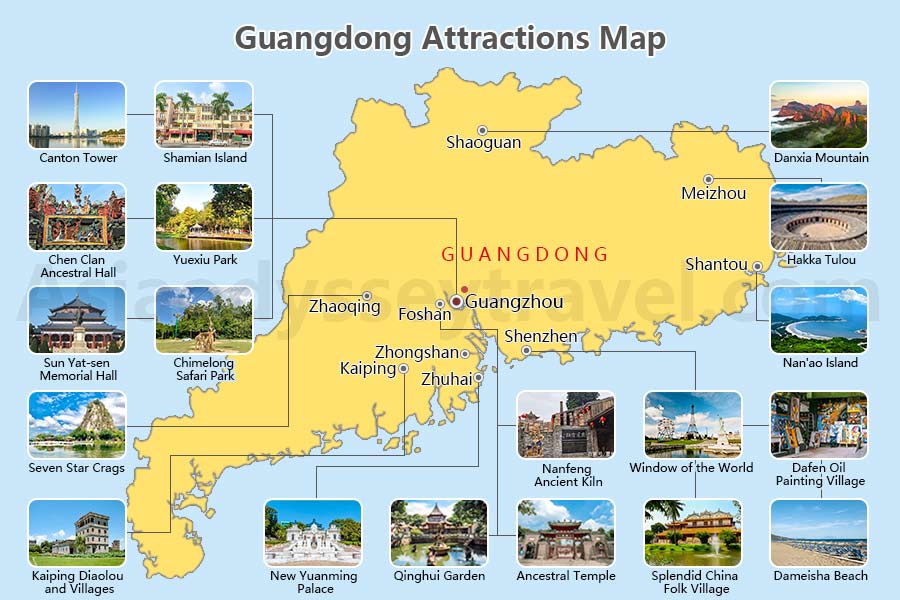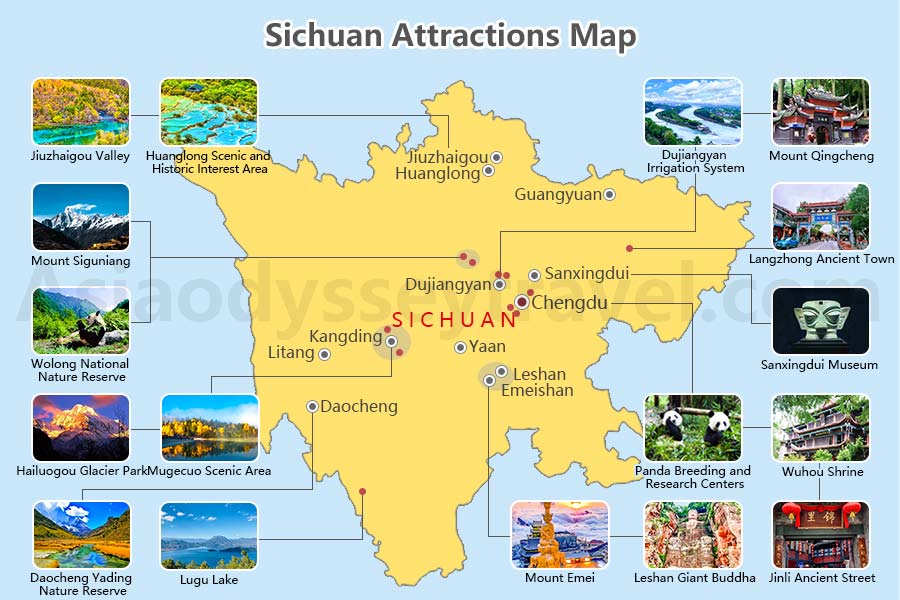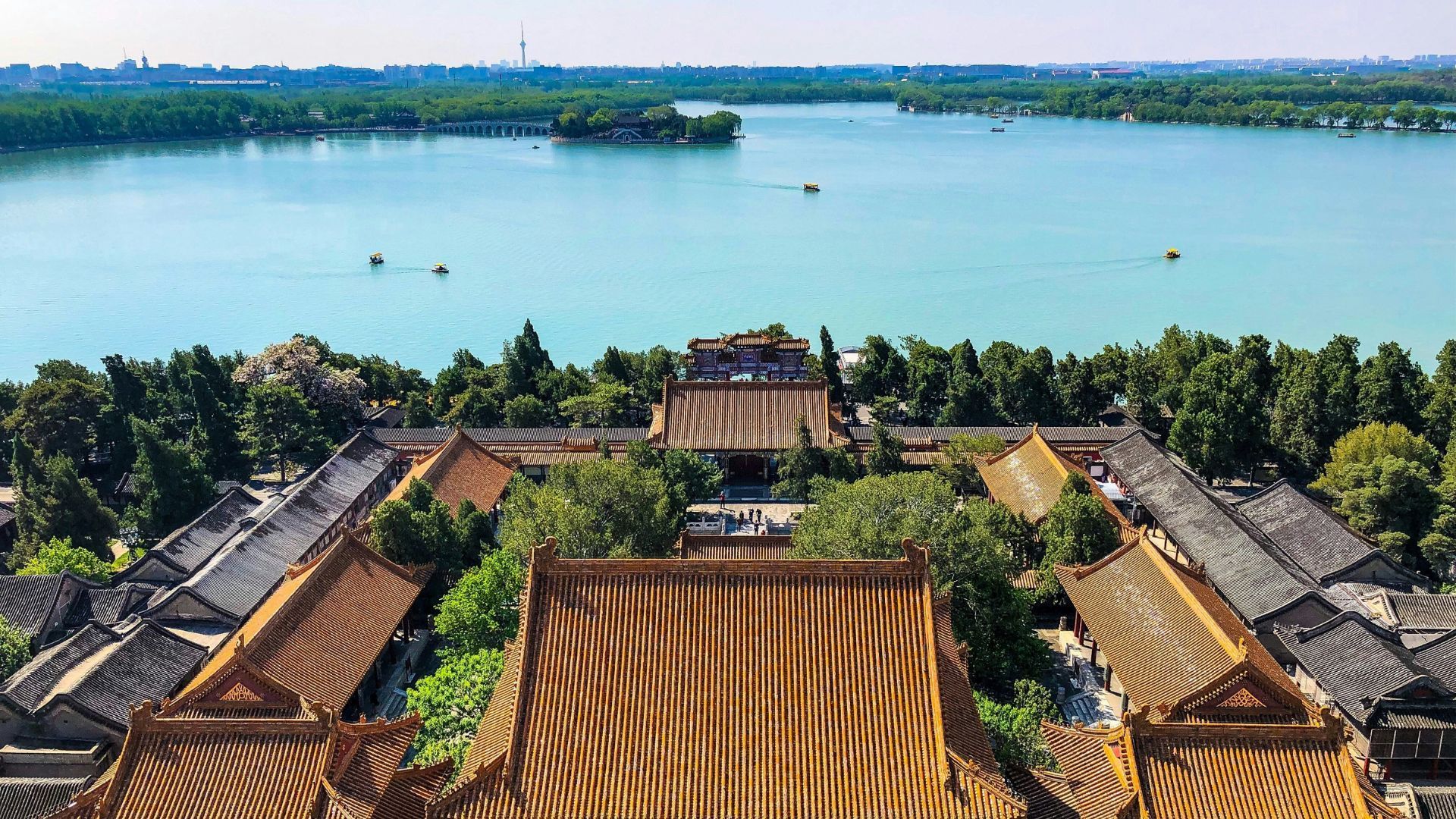Discovering the Serene Beauty of China’s Bamboo Forests

As you plan your China travel adventure, few destinations capture the essence of tranquility and natural splendor quite like China’s bamboo forests. These lush groves, with their towering stalks swaying gently in the breeze, offer a peaceful retreat from the bustling cities, drawing visitors seeking serenity and a connection to nature. Representing resilience and harmony in Chinese culture, bamboo symbolizes growth and flexibility—qualities that beautifully align with the rejuvenating experience of exploring these China bamboo groves. At jusha.travel, we love sharing tips to make your China journey unforgettable, inspiring you to embrace the calming vibes of serene China nature.
In this guide, we’ll dive into China’s iconic bamboo forests, highlighting their ecological role, best visiting times, and cultural significance. Discover scenic trails, practical tips, and how these sites contribute to conservation efforts in this rapidly modernizing nation.
Why Bamboo Forests Shine in Serene China Nature

Chinese bamboo forests aren’t just visually stunning—they’re a vital part of the country’s ecosystem and cultural heritage. Bamboo, often misunderstood as trees, is a fast-growing grass that regenerates every few years, making it sustainable and renewable. Forests like those in Anji, Zhejiang Province, or the expansive groves of Sichuan, thrive in humid, subtropical climates, providing habitats for wildlife such as the giant panda and various bird species.
As a symbol of strength and humility in Chinese philosophy, bamboo has inspired artists, poets, and architects for centuries. It’s featured in classic paintings and gardens, representing resilience amid change. Ecologically, bamboo forests act as natural carbon sinks, absorbing CO2 and purifying the air—aligning with China’s commitments to green development. Travellers to these China bamboo groves can participate in conservation tours, learning how local communities protect these areas.
Top Bamboo Sites: Exploring China’s Forest Escapes

China boasts an array of bamboo forests, each offering unique experiences for nature lovers. In Anji, the international-famous Anji International Bamboo Park features walking paths, bamboo exhibitions, and cable cars for panoramic views. For a more adventurous vibe, head to the Shunan Bamboo Forest in Sichuan, the world’s largest natural bamboo area covering 120 square kilometers with scenic spots like waterfalls and temples.
These scenic bamboo trails provide opportunities for hiking, photography, and relaxation, with cable cars and rafting adding excitement.
The Yixing Bamboo Sea in Jiangsu Province blends bamboo with tea plantations, ideal for those interested in local crafts. For a cultural twist, explore the Chashan Bamboo Sea in Chongqing, once a filming location for Wuxia films, where trails wind through dense groves. Each site supports eco-tourism, with guides sharing facts about bamboo’s role in construction, paper-making, and cuisine.
Best Times and Practical Tips for Visiting Bamboo Forests

To maximize your China forest escapes, plan visits during spring or autumn for lush greenery and milder weather—avoid summer’s humidity and winter’s potential snow. Early mornings offer the best photo opportunities, with dew-covered stalks glowing in soft light. Wear comfortable hiking shoes, bring insect repellent, and pack snacks, as concessions may be limited.
- Transportation: High-speed trains connect Beijing or Shanghai to key areas; rent bikes or join organized tours for local navigation.
- Sustainability: Stick to marked paths, dispose of waste properly, and support eco-certified operators to preserve these China bamboo groves.
- Health Tips: Be mindful of altitude in southern regions; stay hydrated and use sun protection.
For families, many sites offer wheelchair-accessible paths and educational programs on bamboo biology. Solo adventurers will appreciate the peaceful trails perfect for introspection.
Bamboo Forests in Culture and Film

Beyond nature, China’s bamboo forests have deep cultural roots, often featured in traditional arts like ink wash paintings and poetry. Filmmakers love their ethereal beauty—think scenes in Crouching Tiger, Hidden Dragon shot in Mukeng Bamboo Sea (Anhui Province), or House of Flying Daggers in Chashan. These locations attract cinephiles, with walking tours tracing film history.
Culturally, bamboo symbolizes qualities valued in Chinese ethics: straight yet flexible, durable yet adaptive. Festivals near these groves celebrate harvest seasons, involving community picnics and bamboo craft workshops. For travellers, participating in tea ceremonies or calligraphy under the canopy adds depth to the experience.
There to Now: Conservation and Modern Developments

While bamboo forests thrive, challenges like deforestation persist due to rapid urbanization. Pangaon demand for bamboo products sometimes leads to over-harvesting, threatening biodiversity. However, conservation efforts are gaining traction. In regions like Anji, reforestation projects use tech like drone monitoring to track growth. International partnerships promote sustainable tourism, allowing visitors to support local initiatives.
Technologically, QR codes on trails link to virtual guides, educating on ecology. For budget-conscious explorers, these forests offer free access in many areas, making them an affordable escape. Explore similar scenic adventures in our related posts:
- Top 5 Natural Attractions in China for Nature Lovers
- Exploring China’s Tea Plantations: A Journey Through Scenic Fields
- Top 5 Family Eco-Road Trips in Western China
- Exploring China’s Mountain Monasteries: Spiritual Retreats with Stunning Views
- Exploring China’s Countryside: Rural Retreats for Peaceful Getaways
- Top 5 Futuristic Cities in China Shaping the Future
Conclusion: Embrace the Calm of China’s Bamboo Forests

China’s bamboo forests embody the pinnacle of serenity and natural beauty, offering a restorative escape for modern travellers. From Anji’s emerald groves to Sichuan’s sweeping seas, these sites provide scenic trails, cultural insights, and eco-friendly adventures that rejuvenate the soul. As China’s commitment to conservation grows, these forests promise sustainable enjoyment for generations to come.
At jusha.travel, we’re dedicated to guiding your China discoveries. Whether planning your next China forest escape or dreaming of scenic hikes, what’s your must-visit bamboo spot? Share your thoughts in the comments below, visit jusha.travel for more China travel inspiration, or dive into related articles for endless ideas. Your serene journey awaits! Happy exploring!

